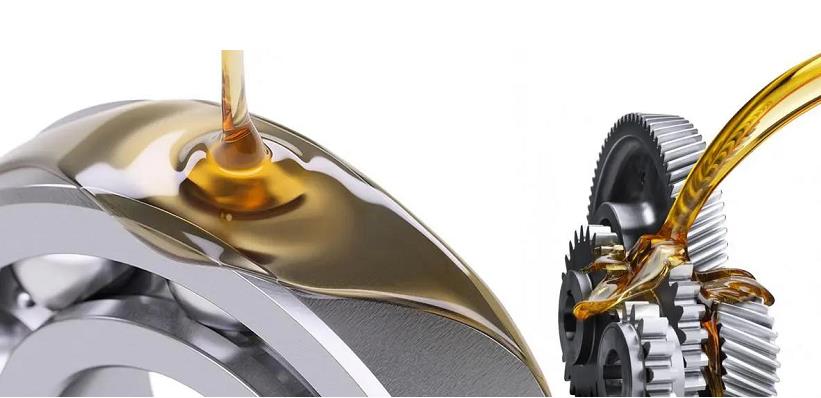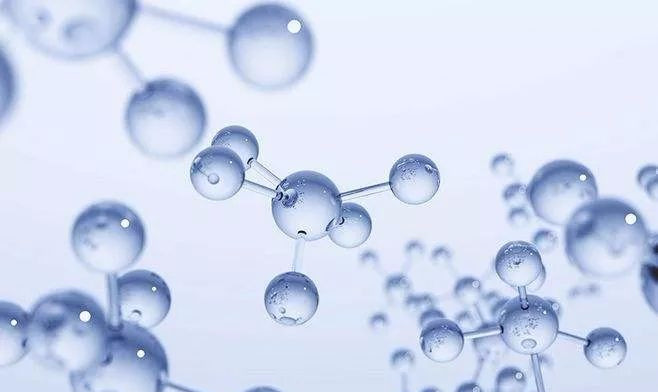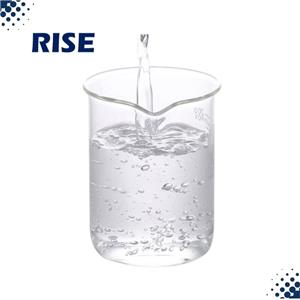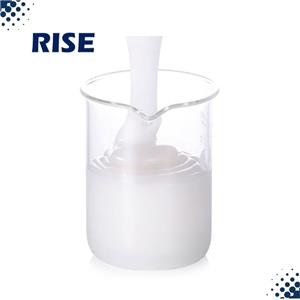General knowledge of lubricating oil antifoam agent
In lubricating oil, whether engine lubricating oil, industrial lubricating oil or transmission lubricating oil, there are a certain amount of additives. During the use of oil products, due to the transportation of oil products or the violent vibration of oil and machine parts, oil products tend to generate foam. However, the formation of foam will cause extremely bad consequences, not only causing waste and loss of lubricating oil, but also reducing the use performance of the oil, resulting in wear and tear of the machine. In order to prevent the lubricating oil from forming foam or eliminate the generated foam as soon as possible, anti foam additives are used in the lubricating oil. Next, the mechanism, types and selection of anti foam additives used in the lubricating oil are briefly introduced.

Defoaming mechanism of antifoam agent
Foam of oil can be divided into two aspects: one is surface foaming, which can usually be controlled by defomaer agent; The other is the foam inside the oil. The internal foam is not easy to be improved by defoaming chemical agent, and the chemical defoamer effective for the surface foam may make the foam inside the oil more stable. Base oil and additives shall be selected for the oil with excellent defoaming performance. The action mechanism of antifoam agents is relatively complex, and there are different opinions. There are three representative views: reducing part of the surface tension, expansion and penetration.
1. Reduce surface tension
This action mechanism is realized by reducing the surface tension. This view holds that the surface tension of the antifoam agent is smaller than that of the foaming solution. When the antifoam contacts the foam film, the surface tension of the foam film will be partially reduced while the rest will remain unchanged. The stronger tension of the foam film will pull the weaker tension, thus causing the foam to burst. However, this mechanism is limited to local locations. Because such substances are insoluble in water, their diffusion force is poor and they do not play a major role in the surrounding foam. When the local tension of the foam surface is reduced, under the effect of this force, it slowly diffuses around, and finally forms a fracture.
2. Expansion
This view holds that the defoamer agent drops invade the foam film to make it become a part of the film, and then expand on the film, which can effectively inhibit the diffusion of the active agent, making it difficult to play the elastic ability, thus eliminating the surface foam.
3. Infiltration
This view holds that the role of antifoam agent is to increase the permeability of bubble wall to air, thus accelerating the combination of foam, reducing the strength and elasticity of bubble membrane wall, and achieving the purpose of foam breaking.

Types of common antifoam agents
In the process of industrial production, many harmful foam will be produced, and defoaming chemical agents need to be added. There are many kinds of chemical defoamers. Organic siloxane, polyether, silicon and ether grafted, amine, imine and amide containing antifoam agents have the characteristics of faster defoaming speed, longer defoaming time, wider range of applicable media, and even harsh media environment such as high temperature, strong acid and strong base.
1. Silicon
The most commonly used is polydimethylsiloxane defoamer, also known as dimethyl silicone oil. Pure polydimethylsiloxane is difficult to be used as anti foaming agent without dispersion treatment. The polydimethylsiloxane defoamer has the characteristics of low surface energy and low surface tension, so it can effectively inhibit the generation of foam, reduce machine wear and extend the service life of oil products. The silicone polymer antifoam is not dissolved in oil, and it is distributed in oil through a highly dispersed and stable colloidal state, such as in acid oil products. With the extension of time, the silicone type antifoam will be unstable and settle, resulting in the accumulation of antifoam performance failure. The action mechanism of silicone polymer antifoam agent is to change the surface tension between liquid and air, so that it is not easy to generate bubbles. Therefore, oil containing silicone polymer antifoam agent has poor air release. The dosage of silicone type antifoam agent is usually 2-20ppm.
2. Non silicone polymer
In acidic oil products such as turbine oil and hydraulic oil, the silicone polymer will lose its defoaming performance after a long time of use. In this case, a non silicone polymer antifoam agent can be used. The most widely used antifoam agent for non silicone polymer lubricating oil is the copolymer of acrylate and alkyl acrylic acid. This kind of antifoam agent can effectively improve the air release of oil products compared with silicone type antifoam agents.
3. Compound antifoam agent
Due to the advantages and disadvantages of the above two types of antifoam agents, in some cases, they cannot meet the performance requirements of oil products when used alone. Therefore, composite antifoam agents are developed to increase the antifoam effect and improve the stability of antifoam agents through compounding. Most composite antifoam agents are the combination of the above two types of antifoam agents to give play to their respective advantages and meet the requirements of oil performance. In addition, there are also combinations of non silicon antifoam agents.




